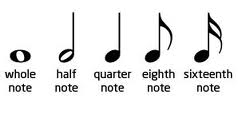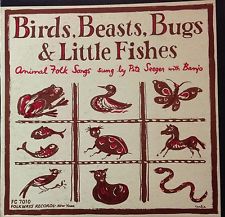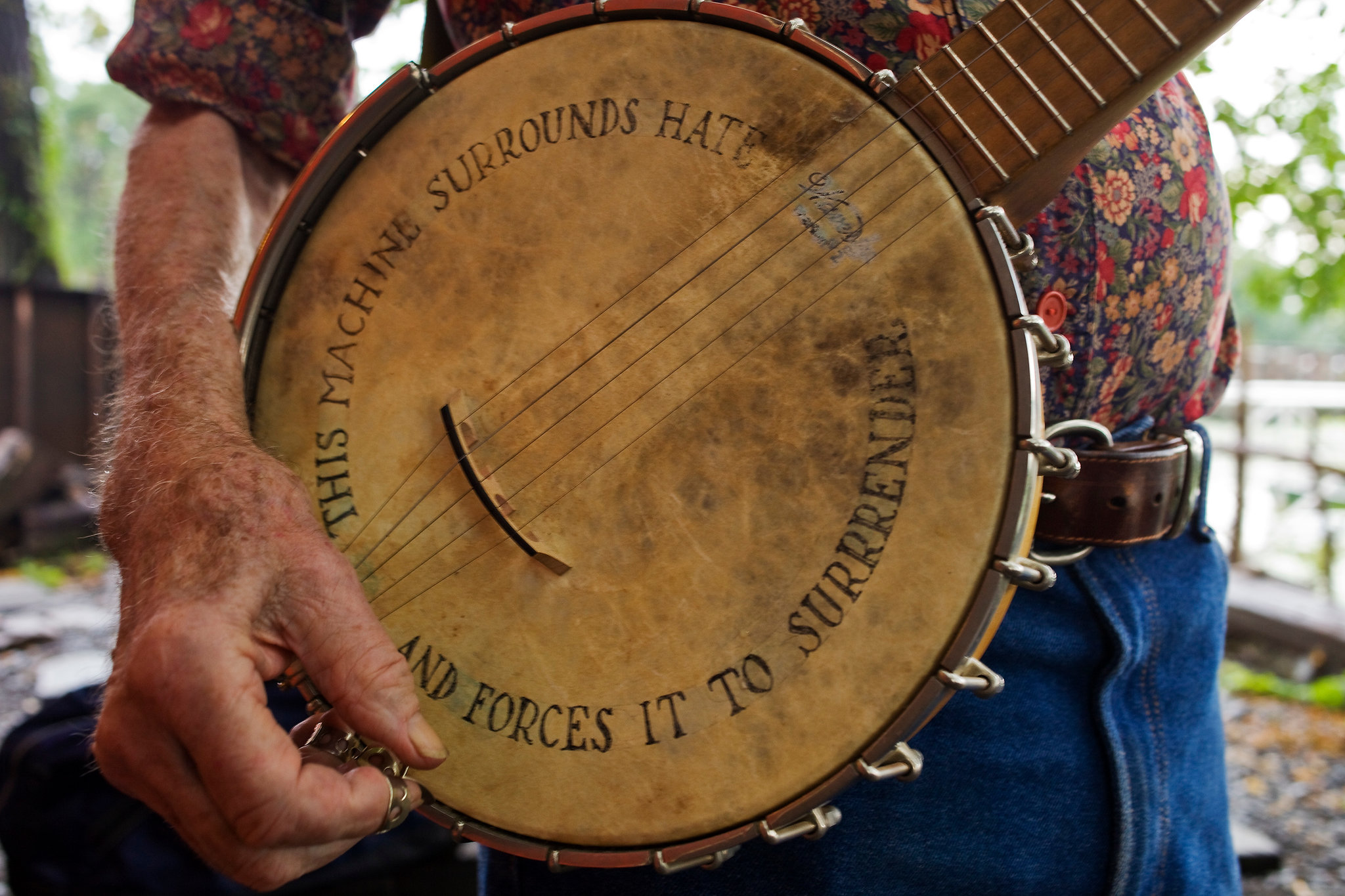Dulcimer competitions
General mountain dulcimer or music discussions
Richard, I have no experience with competitions personally, so I can't give you the specific advice you seem to be after. I can tell you that there are no age limits, but the dulcimer national champions of the last several years seem to all be pretty young. I think that is probably due to a couple of factors. One might be that some young folks out there are playing pretty darn good dulcimer. Another might be that once you win you lose the drive to do so again, so many of the best dulcimer players simply aren't interested in competing or no longer feel the need for such accolades. Another might be that judges like to pretend the demographic data for dulcimer players does not skew pretty old, so they are consciously or unconsciously biased towards young folks.
If you are serious about the competitions, you should look into the specific rules and prepare yourself to work for a year or so gearing up for one. Some might mandate that you play a traditional song, for example, or there might be specific categories in which you can compete. I personally enjoy your playing a lot, but you have a very unique style of play. I seem to remember what feels like a lot of original material (and a lot of bending on the middle string!) in your playing. That might work for some competitions and not others.
But if your reason for seeking a competition is only to give your playing a little kick in the pants, I might ask why it has to be a competition. Do you ever play open mics? It might be that preparing for a performance is all you need to get back in the proverbial saddle. Additionally, although initially developing material for a competition might involve some creative playing, you will also spend a lot of time just playing over and over the same arrangements. Even if those arrangements are really good, you are likely to feel bored by them after the second or third month of playing them ad infinitum.
Lots of FOTMD members have been national dulcimer champions: Linda Brockinton, Sarah Morgan, Aaron O'Rourke, Erin Rogers, Nina Zanetti, Larry Conger, and some others whom I am forgetting right now. You might consider contacting them directly and asking for advice.







